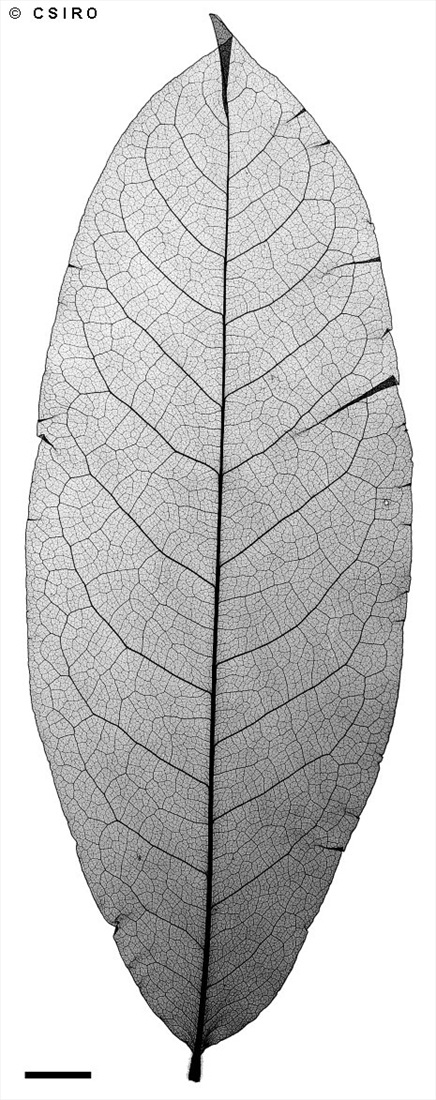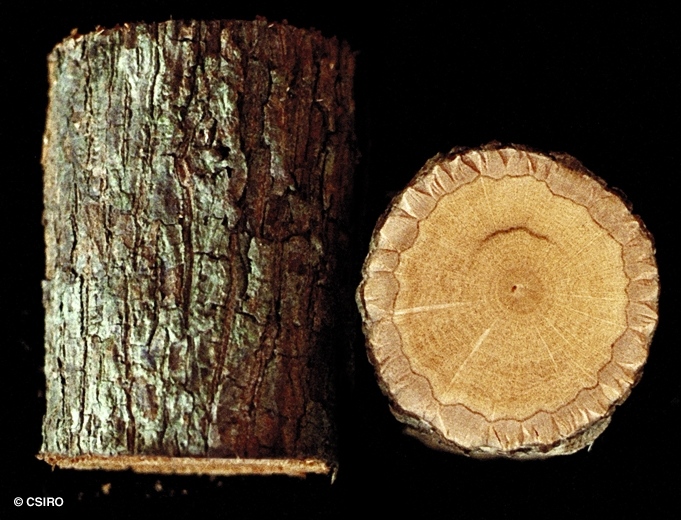Australian Tropical Rainforest Plants - Online edition
Uvaria concava Teijsm. & Binn.







Teijsmann, J.E. & Binnendijk, S. (1855) Nederl. Kruidk. Arch. 3: 46. Type: Java.
Calabao
Usually grows as a vine and can attain the dimensions of a tree-top vine, stem diameters to 5 cm recorded but can flower and fruit as a shrub. Sapwood surface corrugated.
Young, freshly expanded leaf bearing twigs clothed in ferruginous or golden stellate hairs or scales. Twig bark strong and fibrous when stripped. Oak grain visible in the twigs, particularly the twig bark. Leaf blades about 7-25 x 3.5-9 cm with stellate hairs or scales on the underside at least when young. Petioles about 0.4-1 cm long.
First pair of leaves ovate-lanceolate, shortly petiolate. Stem above the cotyledonary scars clothed in simple and stellate pale brown hairs. At the tenth leaf stage: leaves alternate, distichous. Oil dots very small, just visible with a lens. Lateral veins forming loops well inside the margin of the leaf blade. Lower surface of the leaf blade sparsely clothed in brown stellate hairs. Stem clothed in brown, stellate hairs. Terminal bud clothed in dense, pale or rusty-brown, prostrate hairs. Seed germination time 201 to 203 days.
Occurs in CYP and NEQ. Altitudinal range from near sea level to 100 m. Grows as a shrub or vine in or on the margins of monsoon forest, gallery forest and rain forest. Also occurs in New Guinea & SE Asia.
Food plant for the larval stages of the Green Spotted Triangle and Pale Green Triangle Butterflies. Sankowsky & Neilsen (2000).





